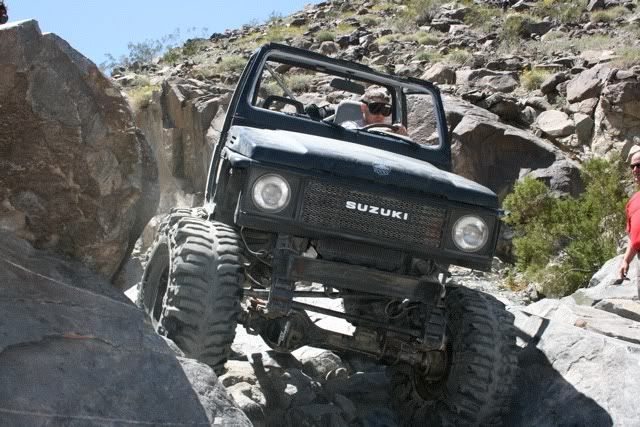Marcie's Disco
Adventurer
you just lost all credibility (if you ever had any) with that statement.
Alexrex20, it seems that you have forgotten to substantiate your claims. A little more info is required to defend your own credibility.
you just lost all credibility (if you ever had any) with that statement.
he is making overgeneralized statements. i don't need to quantify or qualify my assertion that he is wrong.
he is making overgeneralized statements. i don't need to quantify or qualify my assertion that he is wrong.
he is making overgeneralized statements. i don't need to quantify or qualify my assertion that he is wrong.
Help me out here... could you be more specific on your assertion?




Help me out here... could you be more specific on your assertion?
The snow in the second picture is about 4-5 feet deep under my vehicle..... show me a skinny tire for that situation.
Not to belabor this TangoBlue but I wouldn't hold much hope in Alexrex20 adding any clarity to his statements. He has made it clear in a couple of his previous posts that he doesn't feel any responsibility to qualify or quantify anything he says. With such strong opinions, I was hopeful that he had something of substance to add to the conversation. He has been politely asked to participate in meaningful discussion but apparently is opting out.
Nice now show me a zuk with 35x16x15 that can drive across Canada.:26_7_2::campfire:I've wheeled on "skinny tires" being (Q78) 35X9.50X15 and now have slightly wider tires that are 35X16X15. I keep hearing all the guys that preach the skinny tire gospel. I have yet to find a situation where I wished for a skinny tire. The guys in the snowy ditches are driving on ego far past their ability... not that of the tire.
Obviously I consider myself to wheel slightly more "hard core" than some. The snow in the second picture is about 4-5 feet deep under my vehicle..... show me a skinny tire for that situation.




my fianl point is its about where you chosse to put the tyres as a driver that gets you places, any fool can get places, a smart man gets there easy.
That all depends on the circumstances and conditions.
We use wide tires for snow here. When the snow is deep enough for your vehicle to lay on its frame and still not get contact with the ground below you definitely want to be on top of the snow.
When deflated, a tires contact patch gets longer rather than wider. But the width definitely helps a lot.
We can see a difference in two identical 4x4s on 38x15.5" tires ability to float on snow depending on wheel width. One might have 12" wide wheels while the other has 14" wide wheels and the one on 14" wide wheels will have a larger contact patch. Also wider wheels seem to make it easier for the vehicle to crumple and flatten the tires.
But in the summer time, the difference is not as obvious. I see a lot of tourist here with small, narrow tires, often with inner tubes and split rims. We drive the same trails and roads on our 12.5", 15.5", 18.5" and 21" wide tires and we go where we want and our tire tracks are not as deep as the ones left by the pizza-cutters. We exert less pressure on the ground with these big tires. Where a horse or a human might make a noticeable impression in soil, we hardly mark the ground.
"any fool can get places, a smart man gets there easy."
You can bring a vehicle with narrow tires to a glacier or a snow covered mountain, dig all day long, place a snow anchor and winch out, use sandladders to move around, have little or no traction on the loose surface with such a small contact patch and finally have to get some one to simply pull you to safety and plowed roads.
Or you can use tall, wide tires and simply float on top of the snow that the guy with razor thin tires is shoveling and winching in.
